Otorhinolaryngology focuses on the ear, nose, and throat. Learn about the diagnosis and treatment of hearing loss, sinusitis, tonsillitis, and voice disorders.
Otorhinolaryngology, commonly known as ENT (Ear, Nose, and Throat), is a medical and surgical specialty focused on the diagnosis and treatment of disorders of the head and neck. This is one of the oldest medical specialties, yet it involves some of the most intricate anatomy in the human body. An Otorhinolaryngologist (or ENT surgeon) is a physician trained to manage conditions affecting the ears, nose, sinuses, larynx (voice box), oral cavity, and upper pharynx (mouth and throat), as well as structures of the neck and face.

The regions covered by ENT are interconnected and vital for our ability to communicate, eat, breathe, and perceive the world.
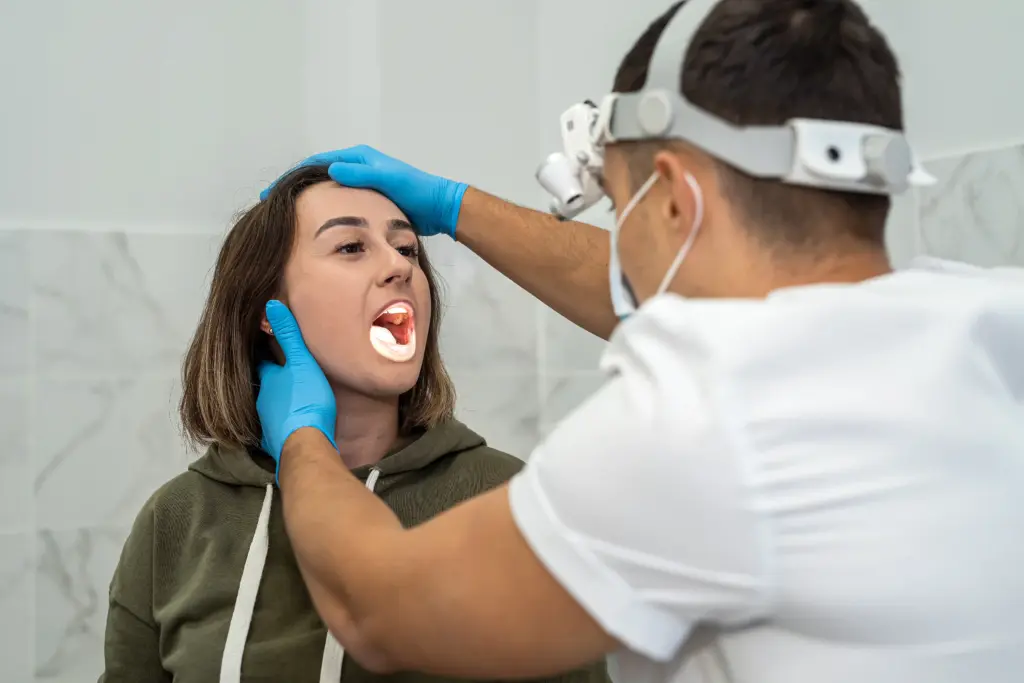
ENT is a unique field because it combines medical management with complex surgical intervention. The scope is vast, ranging from pediatric conditions to oncology.
Conditions of the ear, nose, and throat can significantly impact quality of life. Hearing loss leads to social isolation; chronic sinusitis causes fatigue and reduced productivity; voice disorders affect communication and careers; and balance disorders can be debilitating. Furthermore, the head and neck region contains vital structures, making specialized care essential to preserve function and appearance.

Because the ears, nose, and throat are physically connected by a network of tubes and passages, a problem in one area often causes symptoms in another. For example, a sinus infection can cause a toothache, and throat issues can cause ear pain. Recognizing specific symptoms helps differentiate between minor infections and conditions requiring surgical intervention.
Symptoms in ENT can be categorized by the specific organ system affected.
The causes of ENT conditions are diverse, involving environmental triggers, structural anatomy, and pathogens.
Send us all your questions or requests, and our expert team will assist you.

ENT diagnosis has evolved from simple handheld lights to high-definition endoscopic visualization. Because many ENT structures are hidden deep within bony cavities (like the inner ear or sinuses), advanced technology is required to assess them accurately. At Liv Hospital, our diagnostic pathway is designed to be minimally invasive while providing maximum anatomical detail.
The ENT examination is a systematic evaluation of the head and neck.
When the naked eye cannot see deep enough, fiber-optic technology is used.

Functional testing is critical for the diagnosis of ear disorders.
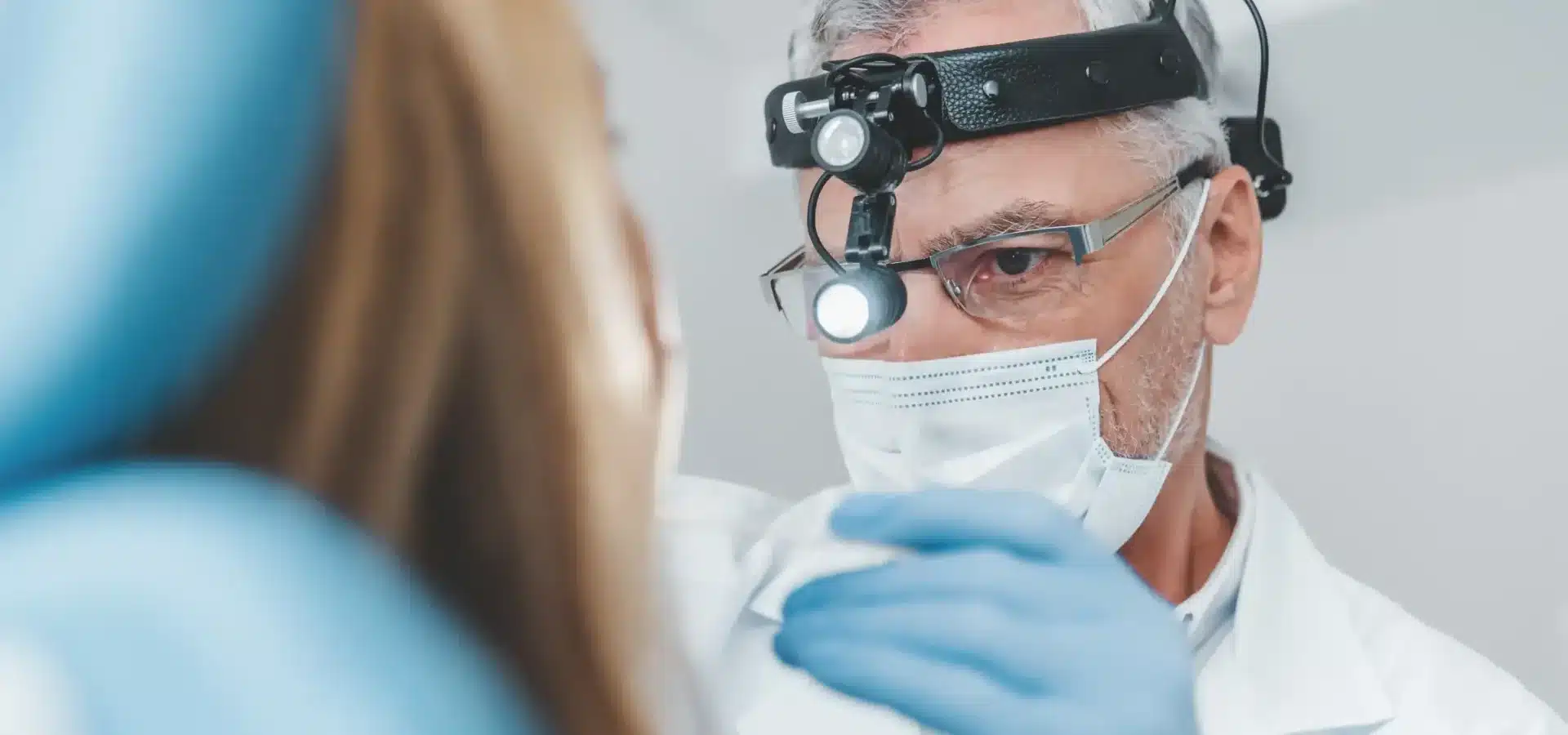
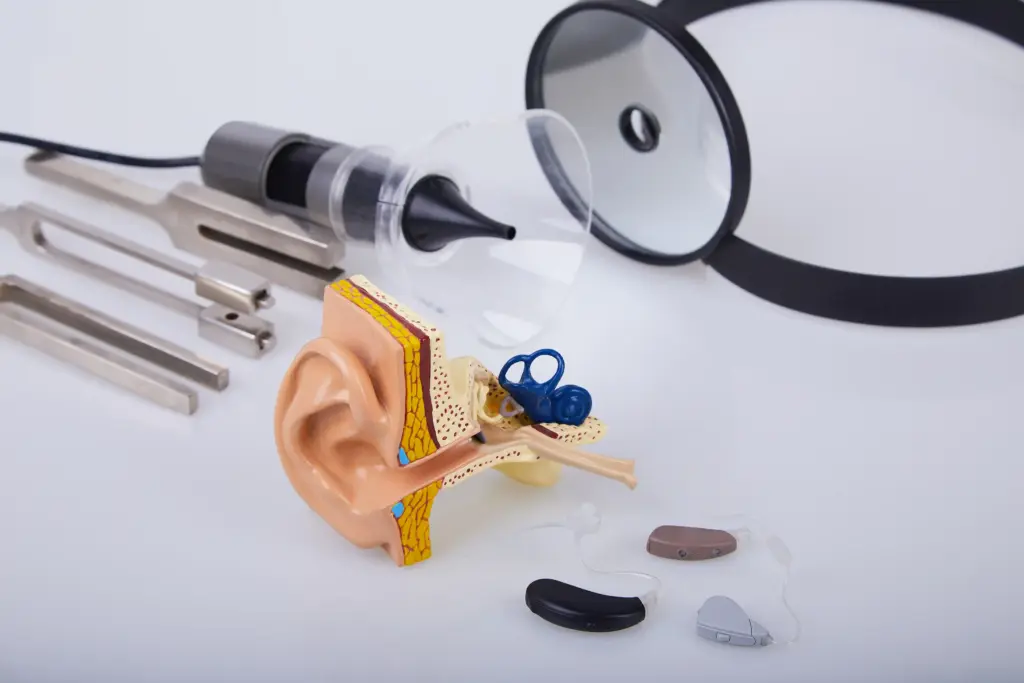
ENT treatments are highly varied, ranging from medication management for allergies to intricate microsurgery for hearing restoration. The goal is to preserve the sensory functions (hearing, smell, taste) while curing the disease. At Liv Hospital, we prioritize functional preservation and minimally invasive techniques.
Many ENT conditions resolve with targeted medical therapy.
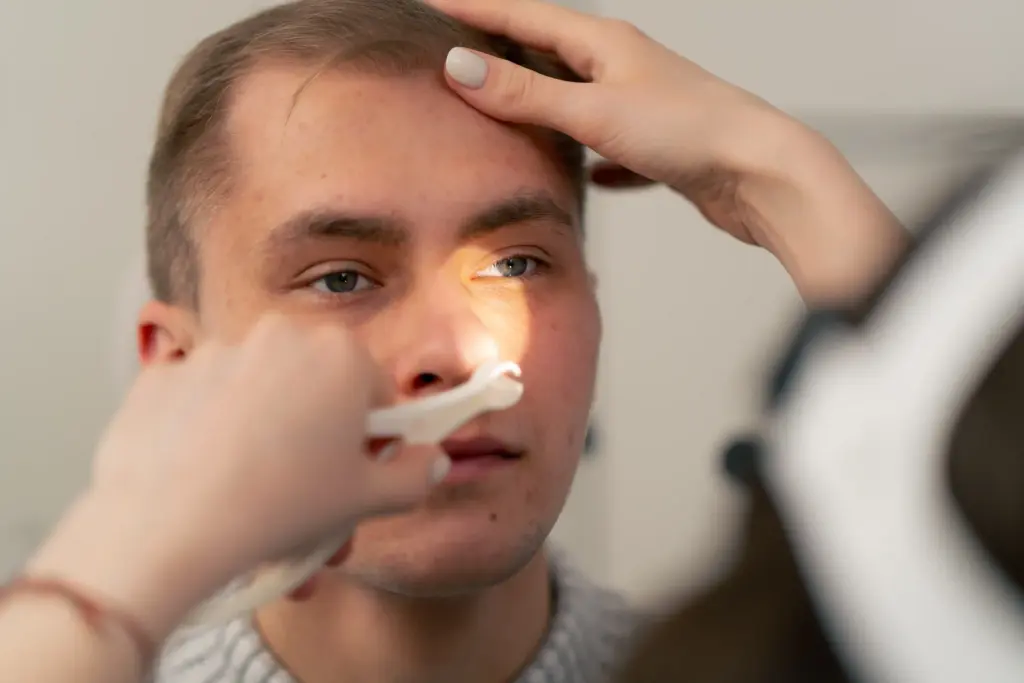
Disorders of the head and neck affect how we interact with the world, how we hear loved ones, how we speak, and how we taste food. At Liv Hospital, our Otorhinolaryngology Department is dedicated to protecting these vital senses. We combine the precision of microsurgery with a holistic, multidisciplinary approach to rehabilitation.
ENT care often requires collaboration.
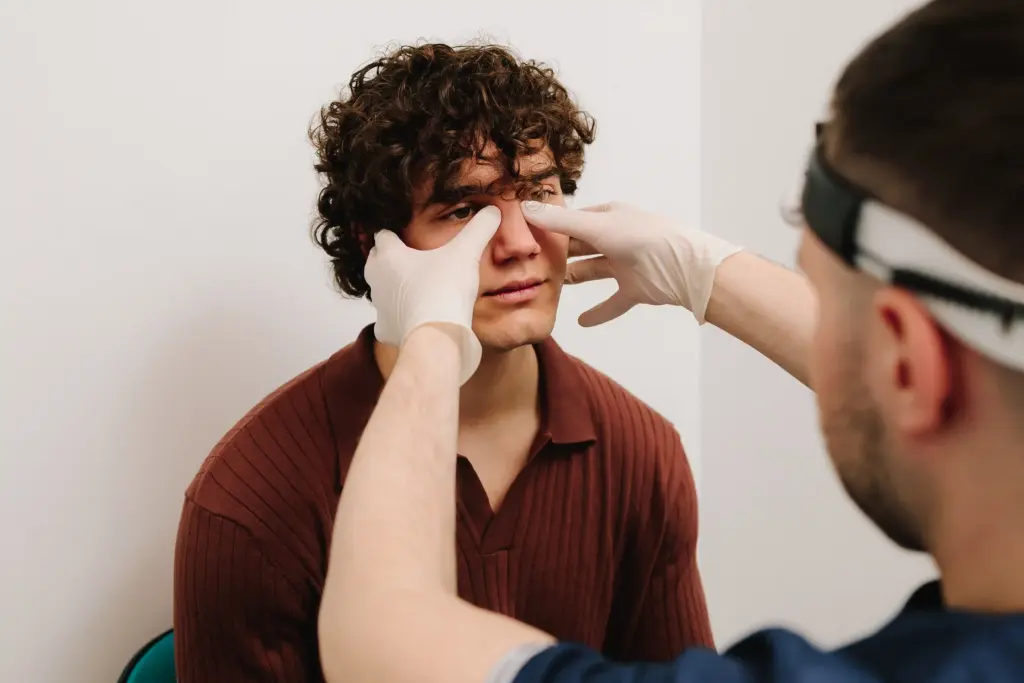
We understand that ENT procedures can cause anxiety regarding breathing and senses.
At Liv Hospital, we are committed to restoring your senses and improving your connection to the world. Whether you need a simple hearing test or complex head and neck surgery, our team provides world-class care with a personal touch.
An Otorhinolaryngologist (ENT specialist) treats conditions affecting the Ear (hearing loss, infections, balance), Nose (sinusitis, allergies, obstruction), and Throat (tonsillitis, voice disorders, swallowing). They also manage head and neck conditions, including thyroid issues and tumors.
FESS is a minimally invasive surgical procedure used to treat chronic sinusitis. The surgeon uses a thin camera (endoscope) inserted through the nostrils to open natural drainage pathways and remove polyps. It leaves no external scars and typically has a faster recovery time than traditional surgery.
A tonsillectomy is typically recommended for children who suffer from frequent, recurrent tonsillitis (throat infections) or, more commonly, for Obstructive Sleep Apnea (loud snoring and pauses in breathing caused by enlarged tonsils blocking the airway).
Dizziness is a general term for feeling lightheaded or unsteady. Vertigo is a specific type of dizziness characterized by a spinning sensation (as if the room is moving). It usually points to an inner ear problem, such as BPPV (Benign Paroxysmal Positional Vertigo) or Meniere’s disease.
A cochlear implant is an electronic medical device that replaces the function of the damaged inner ear. Unlike hearing aids, which amplify sound, cochlear implants bypass damaged hair cells to directly stimulate the hearing nerve (auditory nerve), providing a sense of sound to people with profound deafness.

At Liv Hospital, we know how critical it is to offer full care to those
If you’re looking for the right dr for blood clots, it’s important to know who
Discover the autoimmune diseases that cause joint pain, including rheumatoid arthritis, lupus, and more. Learn about the signs, symptoms, and side effects.
Childhood cancer is the top cause of death in kids in the U.S. Yet, it